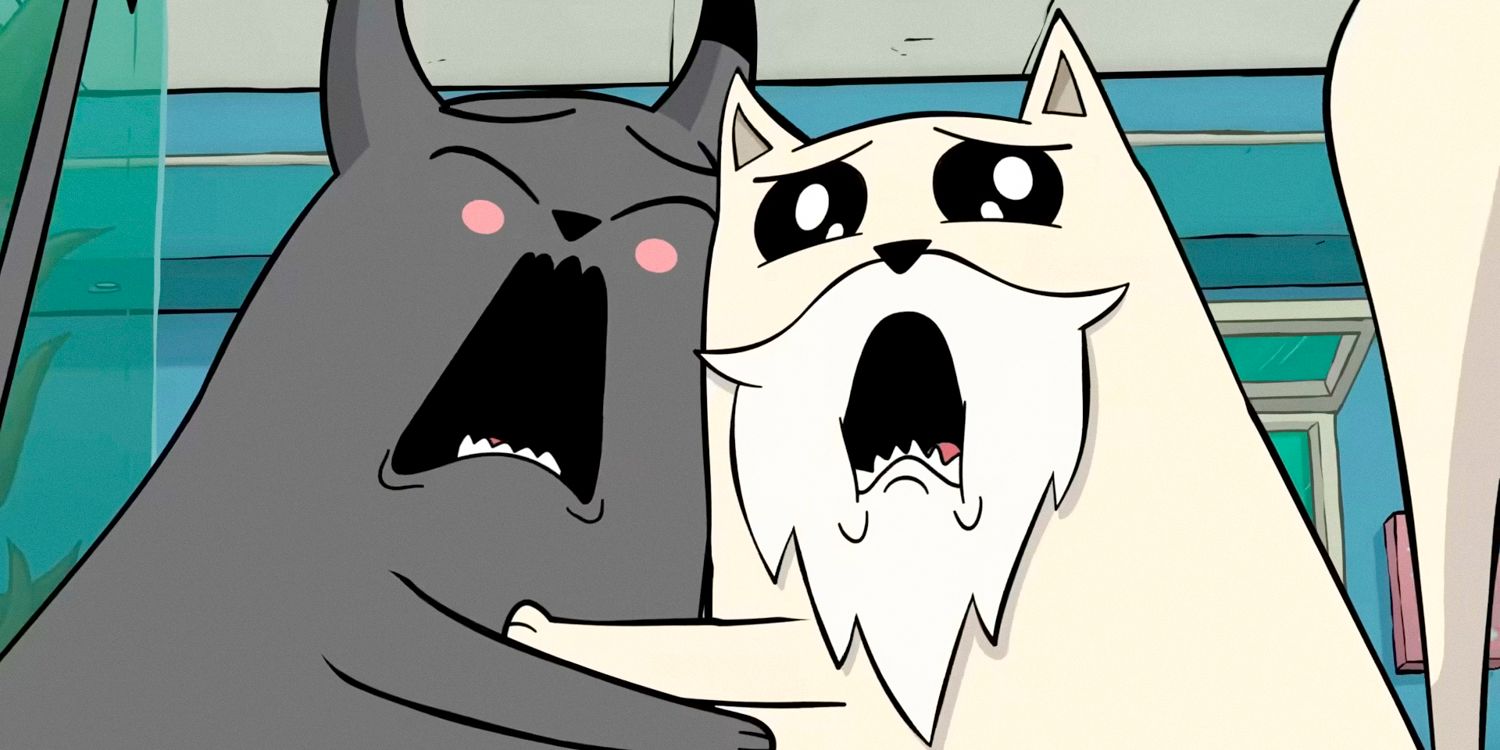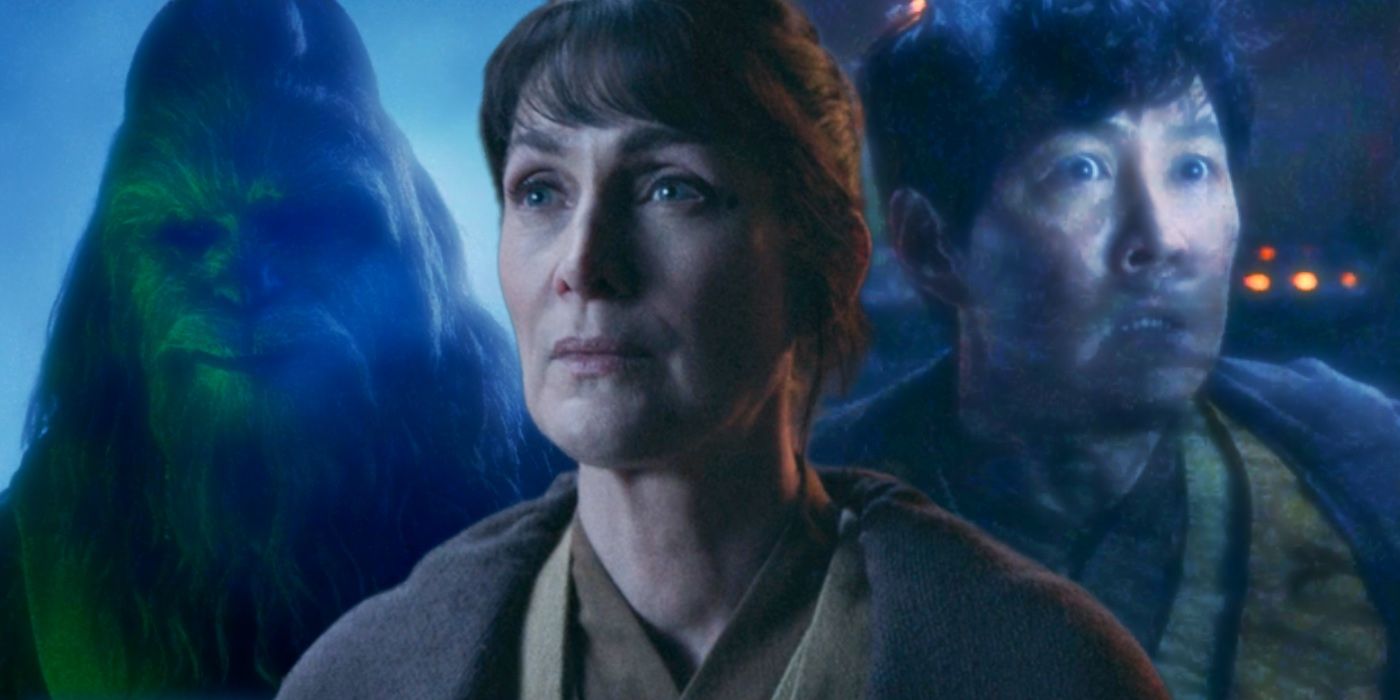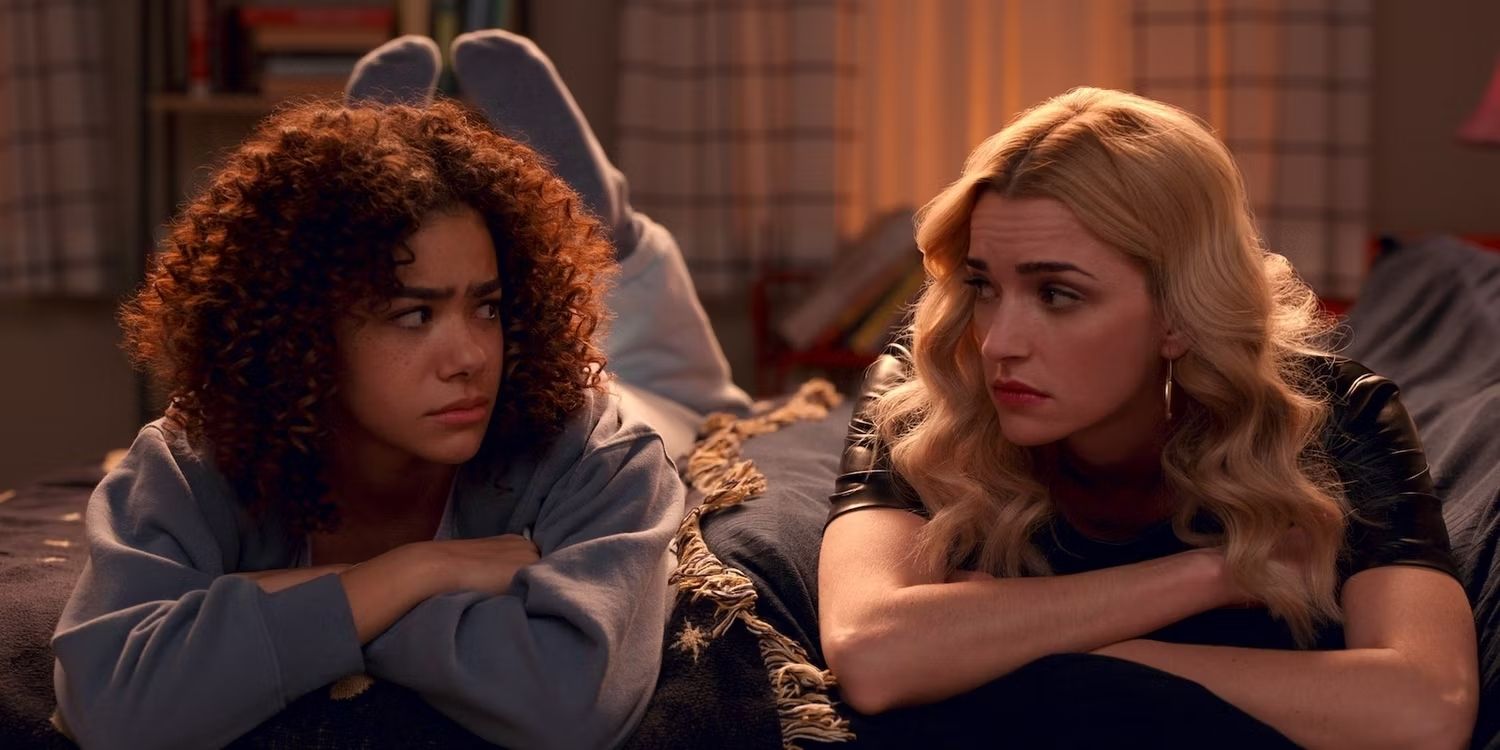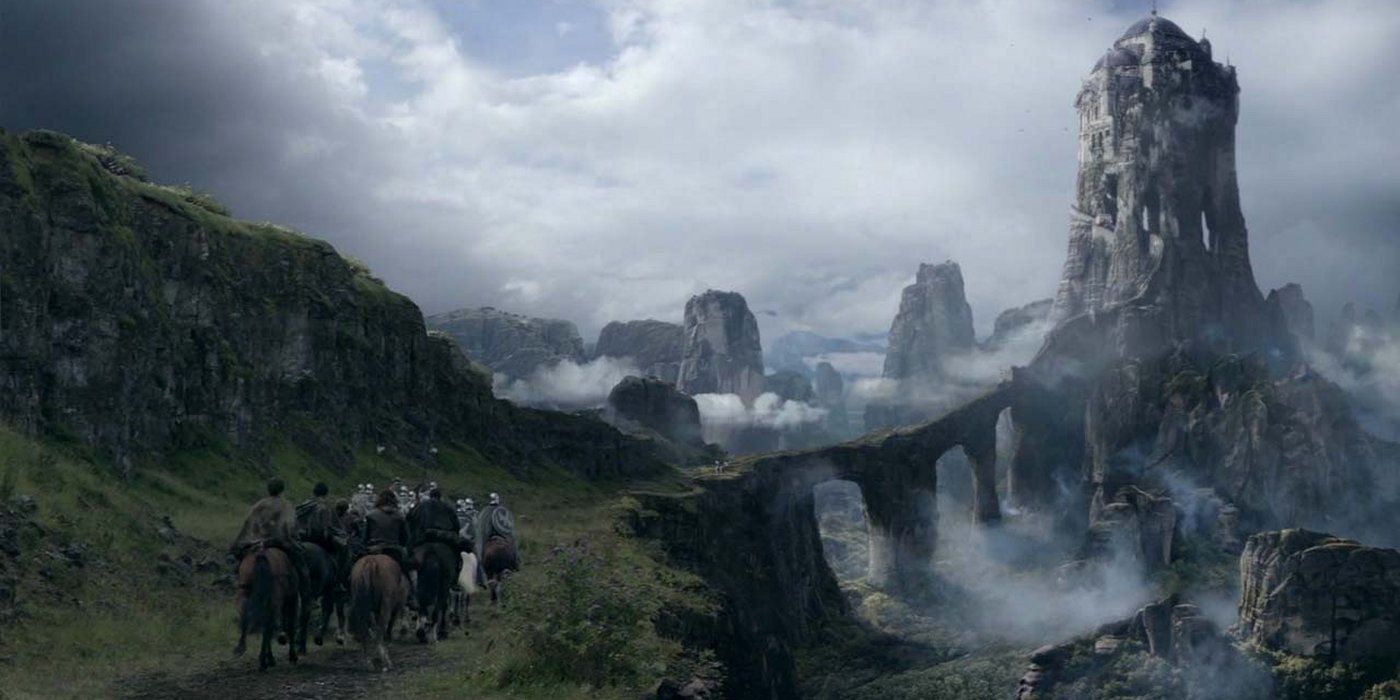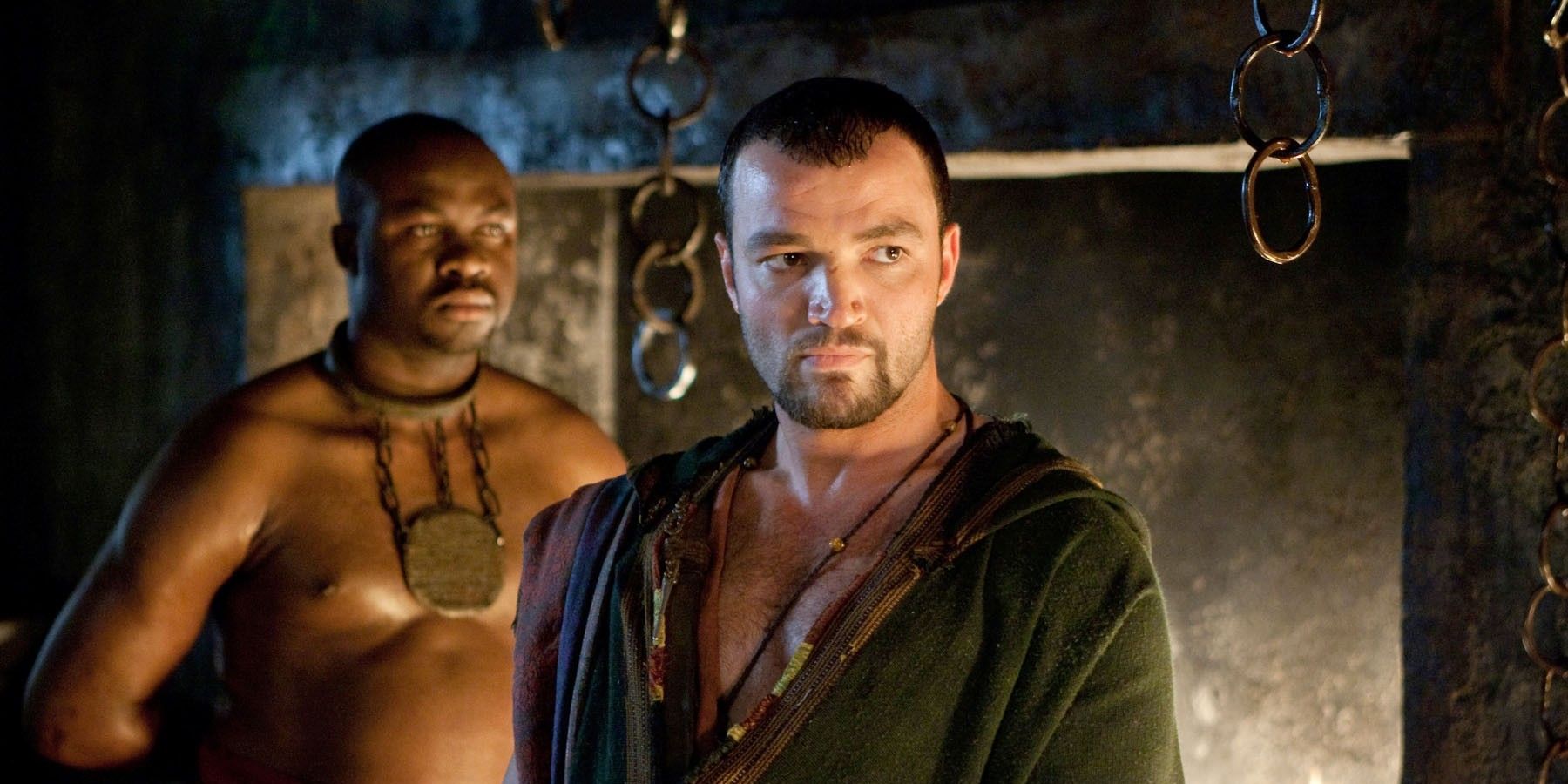Disney’s upcoming movie, Wish, features a main character that is very much like the studio’s other recent heroines, and this has invited significant criticism. Though not technically a princess, Wish‘s Asha feels like the next in the long line of female House-of-Mouse protagonists. The film’s trailer features the girl singing to the stars in classic Disney fashion, followed by a few moments of quirky clumsiness. It’s the sort of “adorkable” character that audiences have come to expect from the studio’s heroines, and that’s exactly the problem.
With the recent complaints that Disney has begun to stray too far from the elements that once made it great, Wish seems to be the studio’s attempt to get back to the basics. The trailer features a traditional (less sympathetic) villain, a nod to 2D animation, a heroine with an animal sidekick, and what could be more Disney than making a wish on a star? In all, Wish seems like the animated movie many have been waiting years for. However, there is a particular aspect of Wish that is precisely the same as recent Disney movies like Encanto, Frozen, Moana, and Tangled—the heroine’s personality.
Disney’s Wish Continues The “Adorkable” Heroine Trend
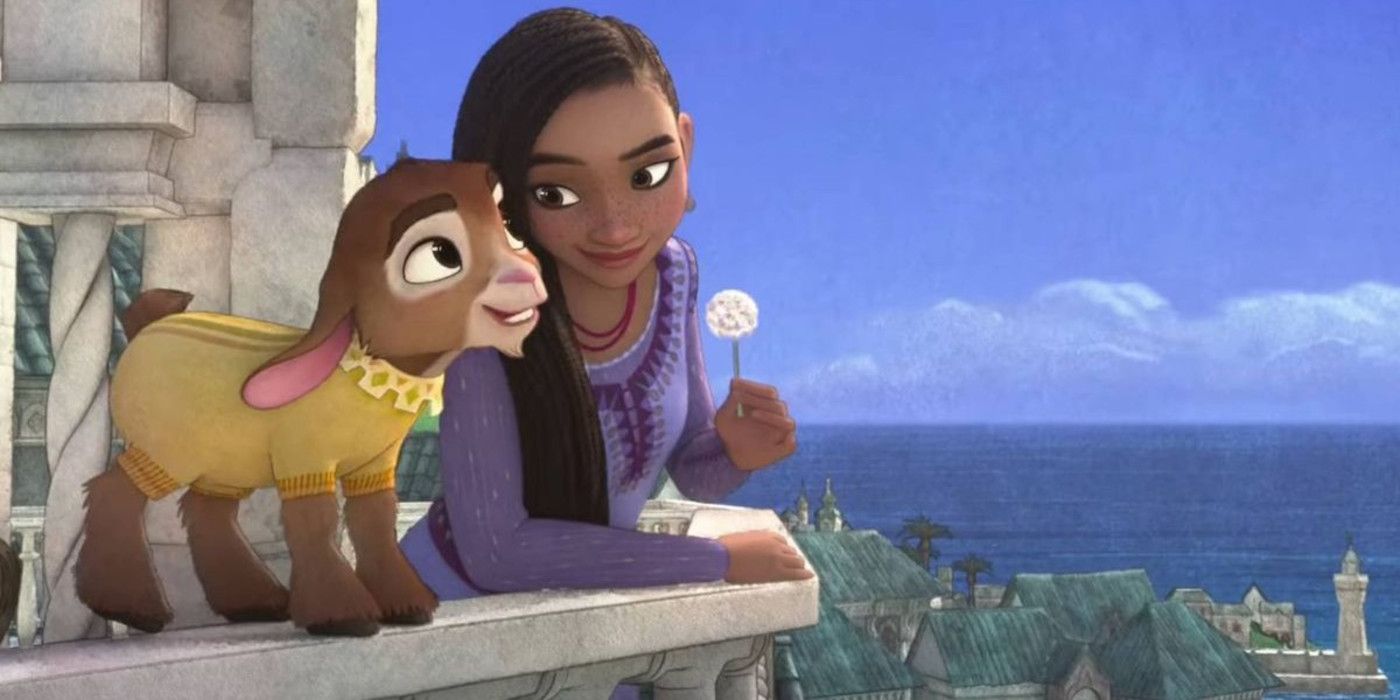
In the last decade or so, Disney has changed its Princess archetype. Rather than a princess with her head in the clouds, the protagonists of movies like Encanto and Moana are brave, eager to prove themselves, and a little quirky. They are clumsy, socially awkward, and unsure of themselves for most of the film. In Frozen, Anna stumbles all over herself, runs into Prince Hans, and awkwardly babbles about how “gorgeous” he is. In Tangled, Rapunzel knocks herself in the head with a frying pan. In Moana, the hero of Motunui awkwardly pretends she hears someone calling her to get herself out of a confrontation.
Now, Wish seems to be continuing the trend with its newest heroine. Right at the trailer’s beginning, Asha rushes out onto a stage, screaming that she’s “here” and clumsily telling the crowd she must catch her breath. Later, she is seen demonstrating some goofy martial arts for the king. In all, the new Disney heroine looks like a lot of fun, and the idea here is clearly a type of comedy aimed at children. However, it’s difficult to ignore that when it comes to her personality, Asha feels the same as her recent Disney predecessors. This has become known as the “adorkable” princess trope, and it’s beginning to grind on some audiences.
The Criticism Of Disney’s Modern Heroine Trope Explained
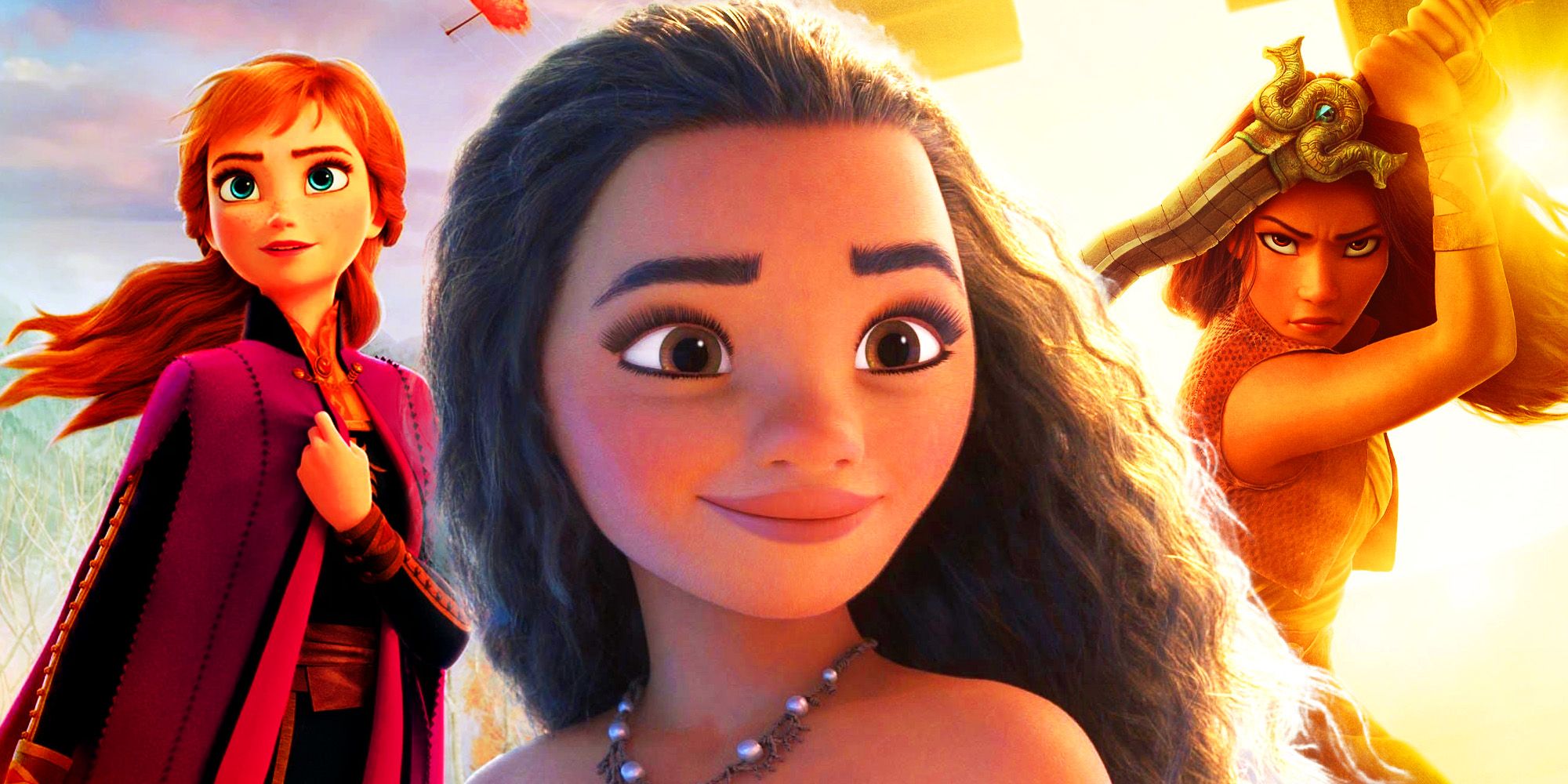
Characters like Moana, Anna, Raya, Merida, Mirabel, and Disney’s newest, Asha, are undoubtedly adorable, relatable, and a lot of fun, but the fact that they all have incredibly similar personalities has invited criticism. Disney has been accused of lazy writing since a cookie-cutter character is taking the place of a well-thought-out and unique heroine. At the worst, it can be considered misogynistic since the implication is that all girls and women have this personality type. A similar complaint is that Disney is trying too hard to be “woke” and is aggressively steering away from the gentle and romance-seeking fairytale princess that Disney is known for.
Still, these complaints are on the more extreme end of the spectrum. The most common assumption seems to be that Disney struck gold with a couple of “adorkable” heroines and has, therefore, been mass-producing as many as possible. This is especially frustrating with Wish since the studio has marketed the film as a return to the good old days, with 2D animated backgrounds and a villain that won’t be redeemed in the end (like Raya and the Last Dragan, Moana, and Encanto). Disney has followed through with its promises in many ways, but the studio seems stuck on this worn-out character archetype.
Why Disney Shifted Its Princess Characters With 2010’s Tangled
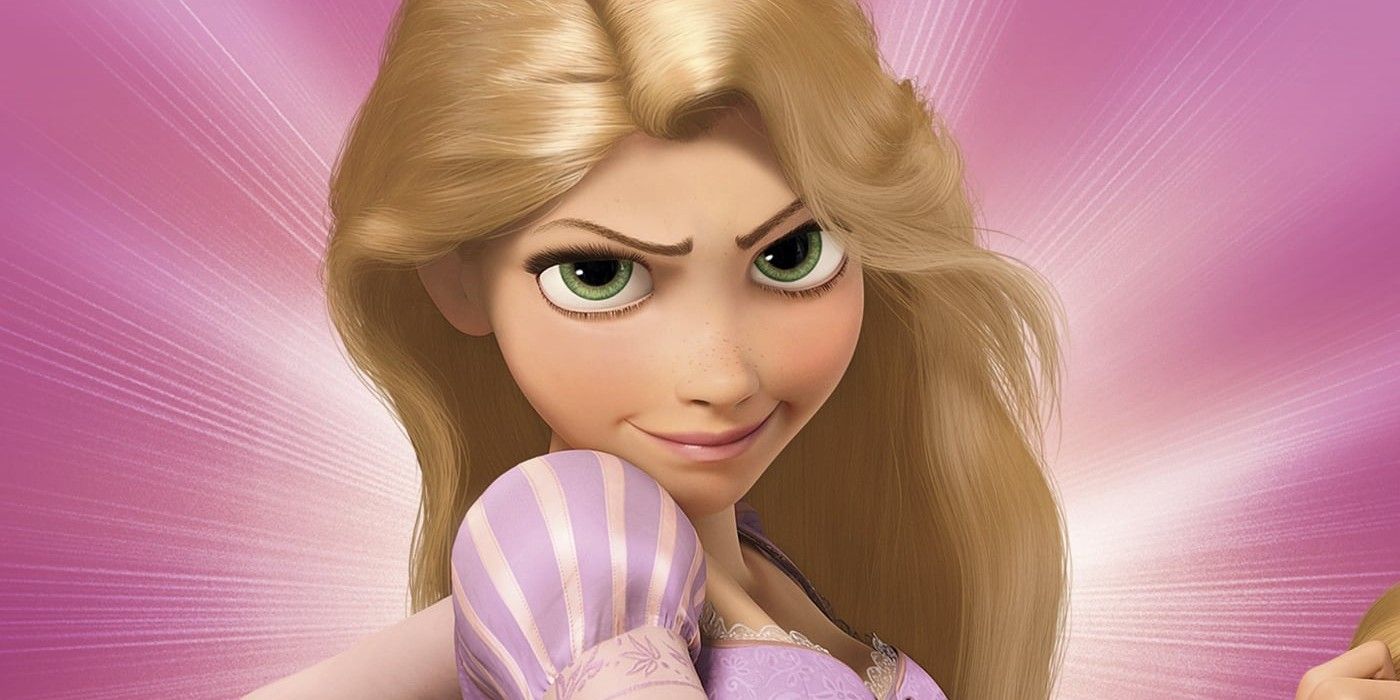
The Disney Princess franchise has been through several evolutions over the years. Early heroines like those in Cinderella, Snow White, and Sleeping Beauty all shared similarly simple personalities since these films focused less on the characters’ individuality and more on the stories and their themes. This changed slightly going into the 1990s. The Little Mermaid, Beauty and the Beast, and Mulan all featured protagonists with more defined personalities. Still, these characters were unattainably perfect. Since Disney’s audience is predominantly children who are still figuring out who they are, it made sense to change things up.
This led to the first instance of the “adorkable” heroin trope. 2010’s Tangled marketed Rapunzel as a brand new type of princess. The film was entirely different from the traditional Rapunzel fairy tale, with the titular character being someone modern children could relate to. A clumsy, quirky character who could still hold her own is both funny and relatable to kids, and their approval of Tangled proved this. Next, Frozen introduced Anna, who drools in her sleep, wakes up with bedhead, and gets all caught up in her words. She has since become an inarguably adored character, proving that this character archetype works.
Relatable Heroines Aren’t A Bad Thing (But Disney Needs More Variety)
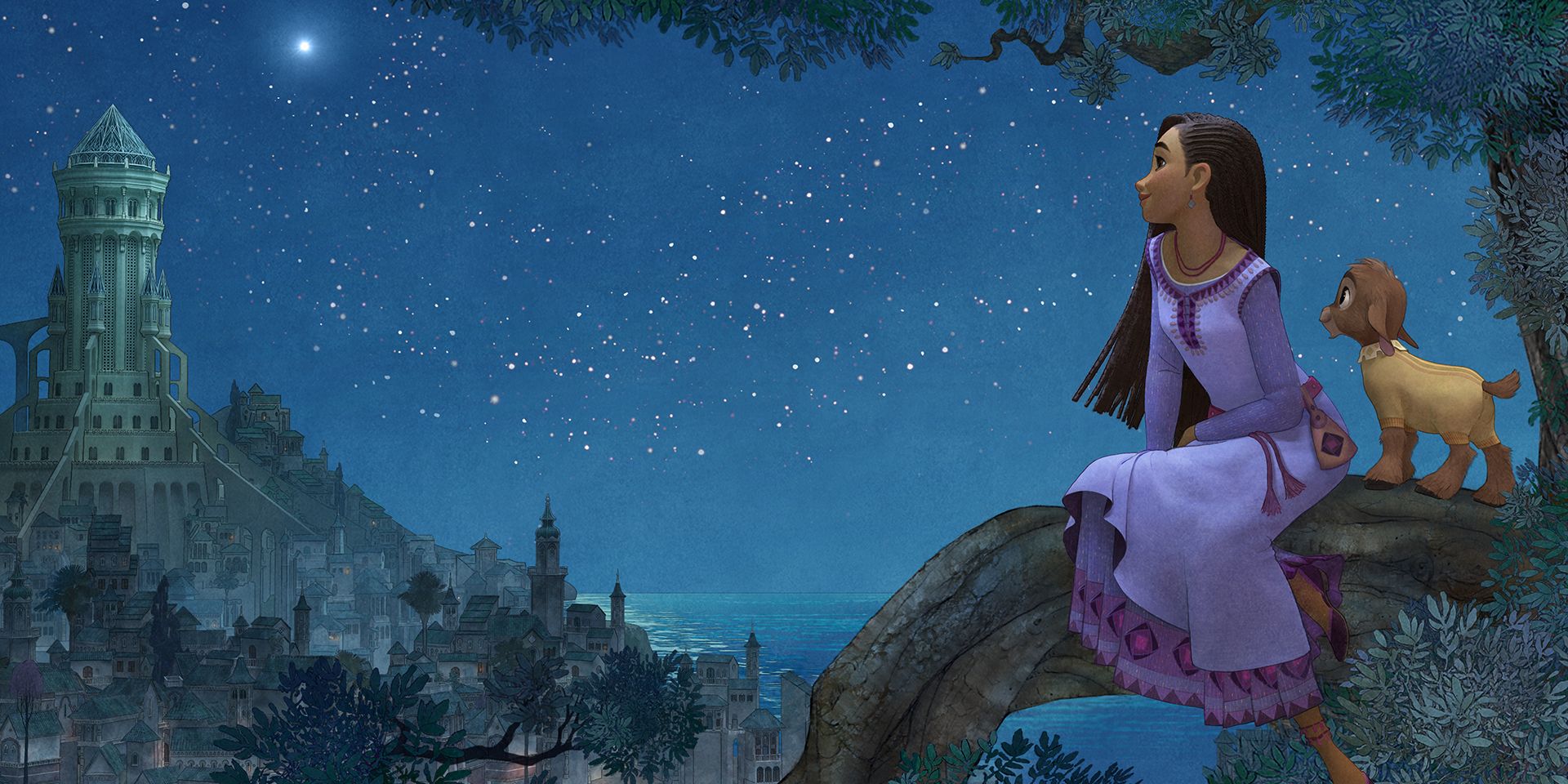
In all, relatable, quirky heroines have served their purpose for Disney. Audiences have been able to see that not every girl or woman is expected to be as graceful and perfect as Snow White or Cinderella, and the idea of a young girl seeing herself reflected back in Anna or Merida is precisely the sort of thing that Disney is supposed to be all about. The problem is that the House of Mouse has steered too firmly into this character archetype. Elsa has been one of the few heroines who stand out against the sea of quirky characters, and that simply isn’t enough variety.
Disney’s Wish has brought back several of the elements that have been missing from their recent movies, proving that what was a worn-out trend in one decade can come back as something fresh and nostalgic in the next. The 2010s needed strange and relatable heroines, but the 2020s could benefit from a return to the old ways. Hopefully Disney’s next movie after Wish can feature a female character who is a little more sure of herself. Then, the next could incorporate several character archetypes into one. After all, Disney’s audiences don’t fall into a single mold, so its characters shouldn’t either.
